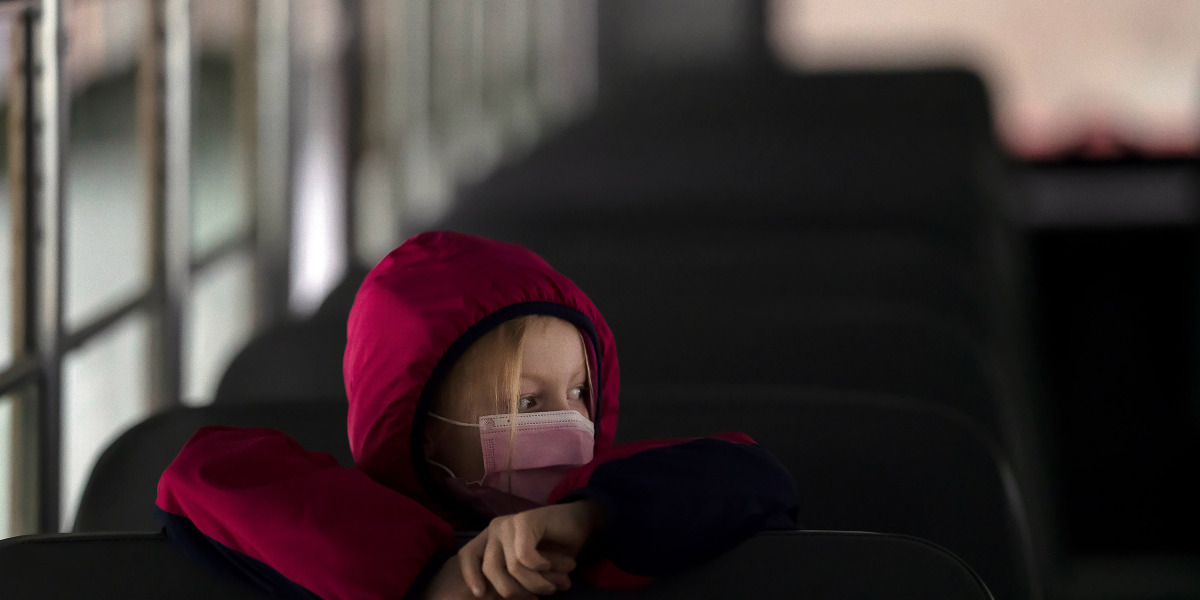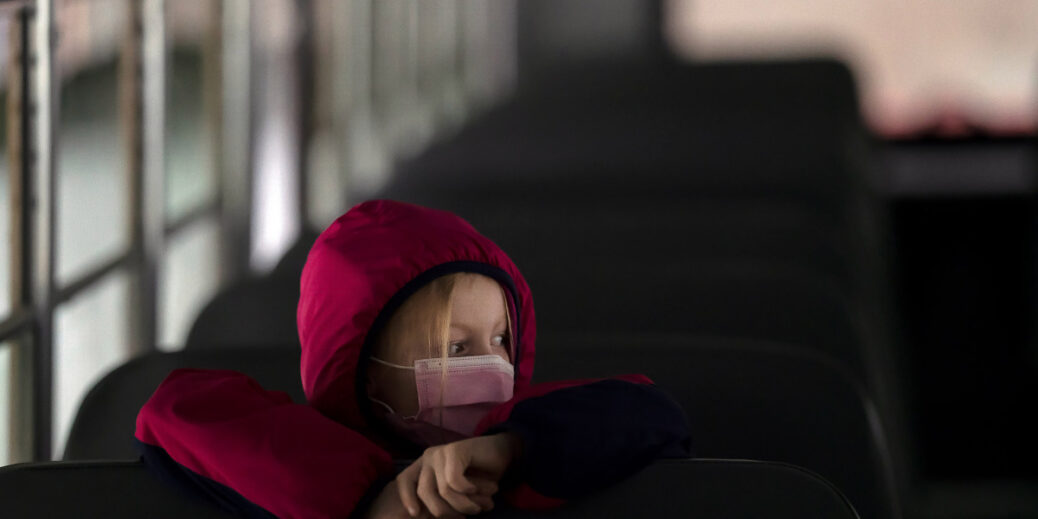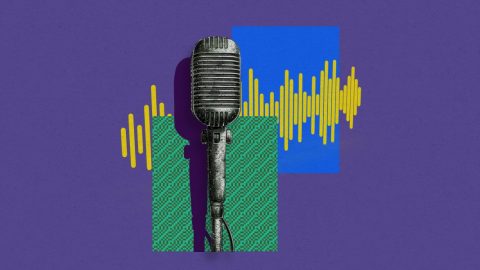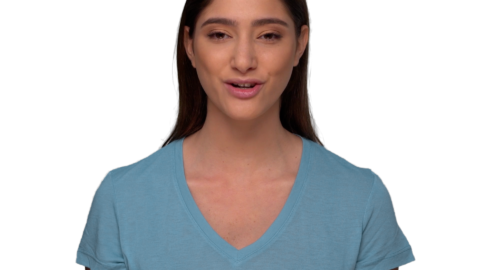
Across the country, schools are wrestling with the difficult choice of whether to reopen, and how to do it with reduced risk. In Kalamazoo, Michigan—not far from one the main sites where Pfizer is frantically manufacturing vaccines—they plan to stay virtual through the end of the school year. In Iowa, a state without a mask mandate, kids can now go back to in-person learning full time. Meanwhile, in a school district in San Mateo County, California, that borders Silicon Valley, there’s no clear decision—and low-income and affluent parents are clashing over what to do.
It’s been a difficult journey. Since March 2020, when most schools closed, districts have been asked to adjust over and over—to new science about how the virus behaves, new policy recommendations, and the different needs of families, kids, teachers, and staff.
Now, as President Biden forges ahead with his promise to reopen most schools within his first 100 days, the debates sound as complicated as ever—and offer a glimpse into many of the difficulties of reopening society at large.
The limits of “guidance”
Schools across the country have looked to the Centers for Disease Control and Prevention for guidance on how to operate in the pandemic. In its latest recommendations, the CDC says a lot of the things we’ve heard all year: that everyone in a school building should wear masks, stay at least six feet apart, and wash their hands frequently. But schools have found that even when guidelines seem relatively straightforward on paper, they are often much harder—or downright impossible—to put into practice.
“There’s a difference between public health mitigation policies when we think them through and when we write them down, and then when we try to implement them,” says Theresa Chapple, an epidemiologist in Washington, DC. “We see that there are barriers at play.”
Chapple points to a recent study by the CDC that looked at elementary schools in Georgia. After just 24 days of in-person learning, the researchers found nine clusters of covid-19 cases that could be linked back to the school. In all, about 45 students and teachers tested positive. How did that happen? Classroom layouts and class sizes meant physical distancing wasn’t possible, so students were less than three feet apart, separated only by plastic dividers. And though students and teachers mostly wore masks, students had to eat lunch in their classrooms.
Researchers also note that teachers and students may have infected each other “during small group instruction sessions in which educators worked in close proximity to students.”
Following the CDC’s best practices might be inherently difficult, but it’s also complicated by the fact that they are just guidelines: states and other jurisdictions make the rules, and those often conflict with what the CDC says to do. Since February 15, Iowa schools have been required to offer fully in-person learning options that some school officials say make distancing impossible. Because the state no longer has a mask mandate, students aren’t required to wear masks in school.
Jurisdictions following all these different policies have one thing in common: although case totals have dipped since their peak in January, the vast majority of the US still has substantial or high community spread. A big takeaway from the CDC’s latest guidance is that high community transmission is linked to increased risk in schools.
“If we are opening schools,” Chapple says, “we are saying that there’s an acceptable amount of spread that we will take in order for children to be educated.”
Meeting different needs
Some schools are trying alternative tactics that they hope will reduce the risks associated with in-person learning.
In Sharon, a Massachusetts town just south of Boston where about 60% of public school students are still learning remotely, pods of students and staff are called down to a central location in their school building twice a week for voluntary covid-19 testing. One by one, children as young as five turn up, sanitize their hands, lower their mask, swab their own nostrils, and place their swab in a single test tube designated for their whole cohort. To make room for everyone, sometimes even the principal’s office becomes a testing site: one person in, one person out. The tubes are then sent to a lab for something called “pooled testing.”
After just 24 days of in-person learning, the researchers found nine clusters of covid-19 cases that could be linked back to the school.
Pooled testing allows a small group of samples to be tested for covid all at once. In Sharon, each tube holds anywhere from 5 to 25 samples. If the test for that small group comes back negative, the whole group is cleared. If it’s positive, each group member is tested until the positive individual is found. Meg Dussault, the district’s acting superintendent, says each pool test costs the school between $5 and $50, and over a third of Sharon Public Schools students and staff participate.
“I’ve seen the benefits of this,” she says “And I believe it’s essential.”
Because schools are funded unequally and largely through taxes, access to resources is a common theme in discussions of school reopening. The state paid for Sharon’s pilot period, but not every district or school has the money or staffing to mount large-scale programs—and Dussault says the district will need to foot the bill for any testing once this program ends in April. It will also need to keep relying on the goodwill of the parent volunteers who wrangle students and swabs for testing each week.
In the seven weeks since pooled testing began, Dussault says, only one batch has come back positive. It’s given her peace of mind.
And even with mitigation measures in place, there are stark demographic differences in opinion on reopening. A recent Pew study found that Black, Asian, and Hispanic adults are more likely to support holding off until teachers have access to vaccines. Those groups are also more likely than white adults to say that the risk of covid-19 transmission “should be given a lot of consideration” when weighing reopening.
Chapple worries that these parents’ concerns will be overlooked, or that funds for remote learning will dwindle because some districts decide to move to in-person learning.
She says: “School districts need to keep in mind that if they’re reopening but a small percentage of their minority students are coming back, what does that look like in terms of equity?”





Recent Comments